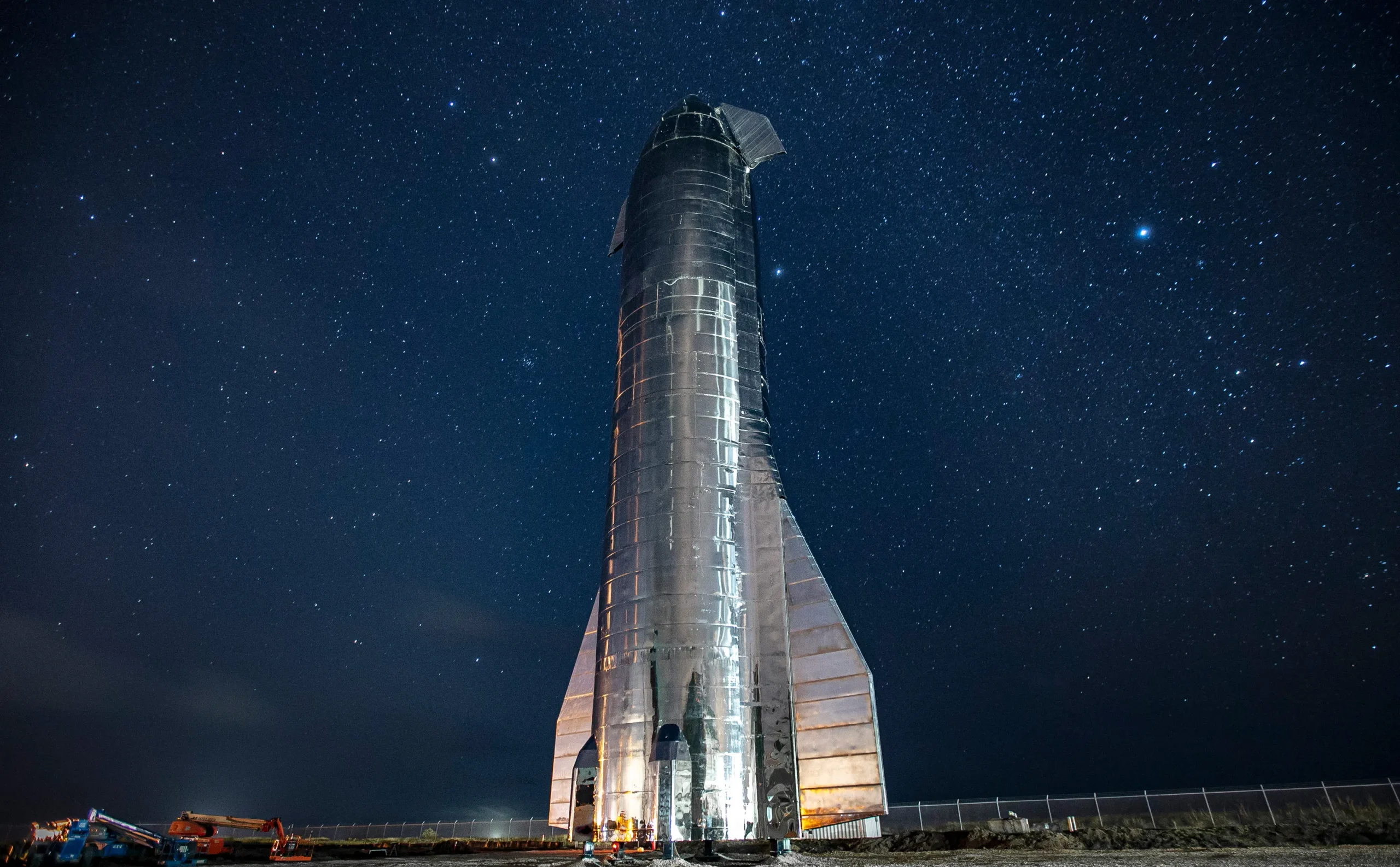Introduction
The phrase “Starships are meant to fly” captures the essence of humanity’s enduring dream to explore the cosmos. At the forefront of this dream is SpaceX’s Starship, a fully reusable spacecraft designed to revolutionize space travel. With its ambitious goals of enabling human missions to the Moon, Mars, and beyond, Starship represents a bold step toward making interplanetary exploration a reality. This article explores the design, capabilities, and potential impact of SpaceX’s Starship on the future of space exploration.
1. What is Starship?
Starship is a next-generation spacecraft developed by SpaceX, the aerospace company founded by Elon Musk. It is designed to be fully reusable, capable of carrying both crew and cargo, and versatile enough to support a wide range of missions.
- Design: Starship consists of two stages: the Super Heavy booster and the Starship spacecraft. Together, they stand at a towering 120 meters (394 feet) tall.
- Reusability: Both stages are designed to be fully reusable, significantly reducing the cost of space travel.
- Payload Capacity: Starship can carry up to 100 metric tons of cargo, making it one of the most powerful rockets ever built.
2. Key Features and Capabilities
Starship is packed with cutting-edge technologies that set it apart from traditional spacecraft:
A. Fully Reusable Design
Unlike conventional rockets that are discarded after a single use, Starship’s Super Heavy booster and spacecraft are designed to return to Earth, land vertically, and be refueled for future missions. This reusability is key to reducing the cost of space travel.
B. Versatile Mission Profile
Starship is designed to support a wide range of missions, including:
- Lunar Exploration: Transporting astronauts and cargo to the Moon as part of NASA’s Artemis program.
- Mars Colonization: Enabling human missions to Mars, with the ultimate goal of establishing a self-sustaining colony.
- Satellite Deployment: Launching large satellites and space telescopes into orbit.
- Point-to-Point Travel: Enabling rapid Earth-to-Earth travel, potentially reducing intercontinental flight times to under an hour.
C. Advanced Propulsion
Starship is powered by Raptor engines, which use methane and oxygen as propellants. Methane can be synthesized on Mars, making it a practical choice for future missions to the Red Planet.
D. Life Support Systems
Starship is equipped with advanced life support systems to sustain crew members during long-duration missions. These systems include air revitalization, water recycling, and radiation shielding.
3. The Road to Development
The development of Starship has been marked by rapid prototyping, iterative testing, and a willingness to embrace failure as part of the learning process.
- Early Prototypes: SpaceX began testing early prototypes, such as Starhopper and SN5, to validate key technologies like the Raptor engine and aerodynamic design.
- High-Altitude Tests: Prototypes like SN8, SN9, and SN10 conducted high-altitude flights, testing landing maneuvers and flight dynamics.
- Orbital Flight Attempts: SpaceX is working toward achieving an orbital flight, which will be a major milestone in Starship’s development.
4. Challenges and Risks
Despite its potential, Starship faces several challenges:
- Technical Complexity: Developing a fully reusable spacecraft with advanced life support systems is a monumental engineering challenge.
- Regulatory Hurdles: Obtaining approval for launches and ensuring compliance with safety and environmental regulations can be time-consuming.
- Financial Investment: The development of Starship requires significant funding, and delays or failures could impact SpaceX’s financial stability.
5. The Impact of Starship
If successful, Starship could transform space exploration in profound ways:
A. Making Space Travel Affordable
By drastically reducing the cost of space travel, Starship could open up new opportunities for scientific research, commercial ventures, and even space tourism.
B. Enabling Human Exploration of Mars
Starship is central to Elon Musk’s vision of establishing a self-sustaining colony on Mars. This would mark a giant leap for humanity, making us a multi-planetary species.
C. Supporting Lunar Exploration
Starship will play a key role in NASA’s Artemis program, helping to return humans to the Moon and establish a sustainable lunar presence.
D. Inspiring the Next Generation
The development and success of Starship could inspire a new generation of scientists, engineers, and explorers, reigniting humanity’s passion for space.
6. The Future of Starship
The future of Starship is filled with possibilities:
- Lunar Missions: Starship could transport astronauts and cargo to the Moon, supporting the construction of lunar bases.
- Mars Colonization: Starship could enable the first human missions to Mars, paving the way for a self-sustaining colony.
- Interplanetary Travel: Starship could serve as a stepping stone for missions to other destinations in the solar system, such as the moons of Jupiter and Saturn.
- Earth-to-Earth Travel: Starship could revolutionize transportation on Earth, enabling rapid travel between continents.
7. How to Follow Starship’s Journey
For those interested in following Starship’s development and missions, here are some ways to stay updated:
- SpaceX Website: Official updates and live streams are available on SpaceX’s website.
- Social Media: Follow SpaceX (@SpaceX) and Elon Musk (@ElonMusk) on platforms like Twitter and Instagram.
- News Outlets: Major news networks and space-focused websites like Space.com and The Verge provide coverage and analysis.
8. Conclusion: Starships Are Meant to Fly
SpaceX’s Starship is more than just a spacecraft; it is a symbol of humanity’s boundless curiosity and determination to explore the unknown. With its revolutionary design, ambitious goals, and potential to transform space travel, Starship represents a new era in space exploration.
As the saying goes, “Starships are meant to fly.” And with each test flight, each milestone, and each breakthrough, SpaceX is bringing us closer to a future where the stars are within our reach.

